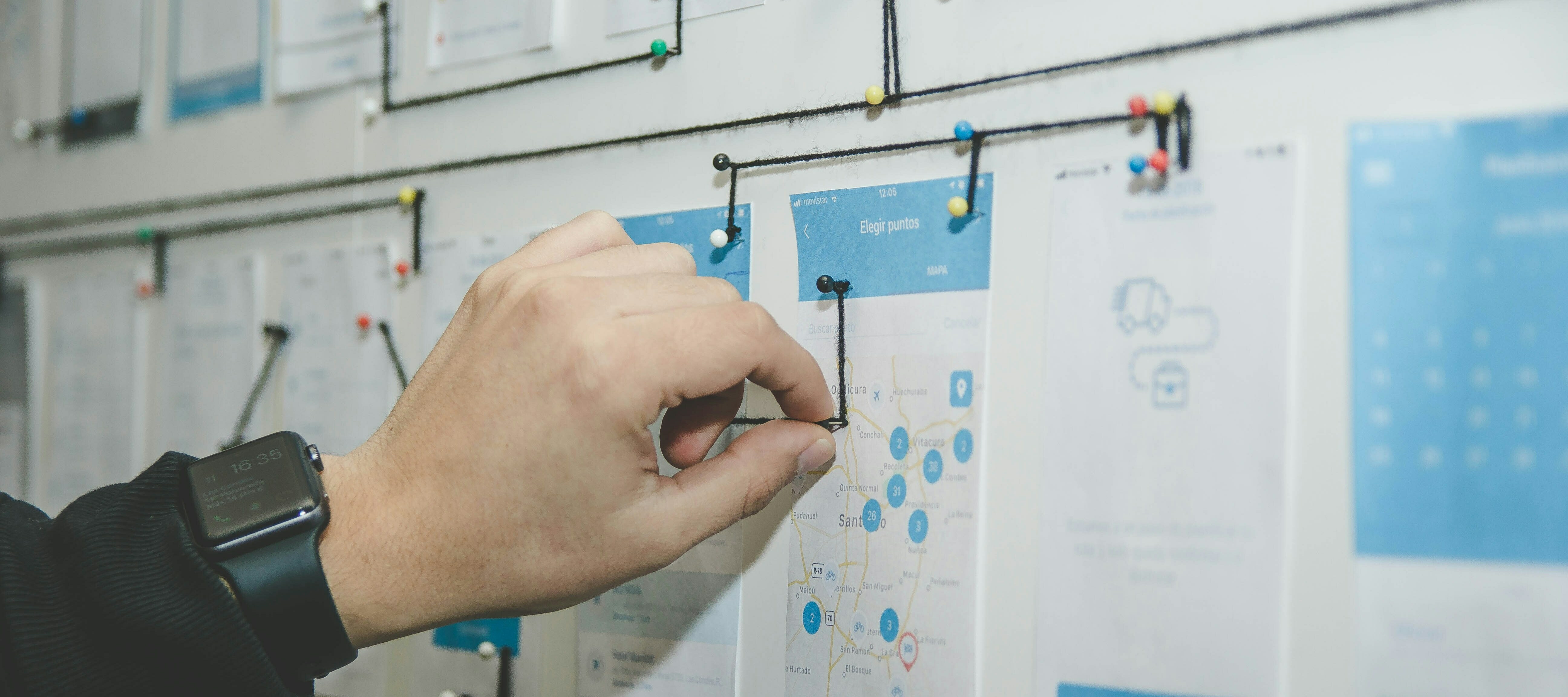We have a challenge for you!
We are in the midst of designing the Universal GUI version of filtering within the Pivot Table.
We've made a prototype to let you experience the Universal GUI version of this feature and we would like to hear your opinion.
Please leave your comments in the comment section below.
You will see:
- A new expandable/collapsable panel, where the user can find the Pivot Table Editor and Pivot Table Filter.
- Filter Dimension only as a top row drop zone for Dimension Values
- A new Filter Tab in the expandable/collapsable component to see all used Dimension Values
We give you 3 assignments to go through this prototype:
- Use Dimension Value ‘Invoice status’ for the Filter Dimension (this prototype doesn't support Drag and Drop, clicking on the element is enough).
- Set the filter of ‘Invoice Status’ to only ‘Paid’ (clicking on any checkbox will directly set this filter correctly for this prototype)
Set the filter of ‘Sub project’ to Exclude ‘Braggs apts’ from the data - Reset ‘Sub project’ with the RESET button.
Set filter ‘Invoice status’ so that all checkboxes are checked (again, clicking one checkbox in this prototype activates them all again)
Set ‘Sub project’ to Include the value ‘Boardwalk center’ in the data
Click here to open the Prototype.
Use password ‘pivot filter’ to access the design.
Use ‘R’ to restart from the beginning of the prototype if you are stuck.















